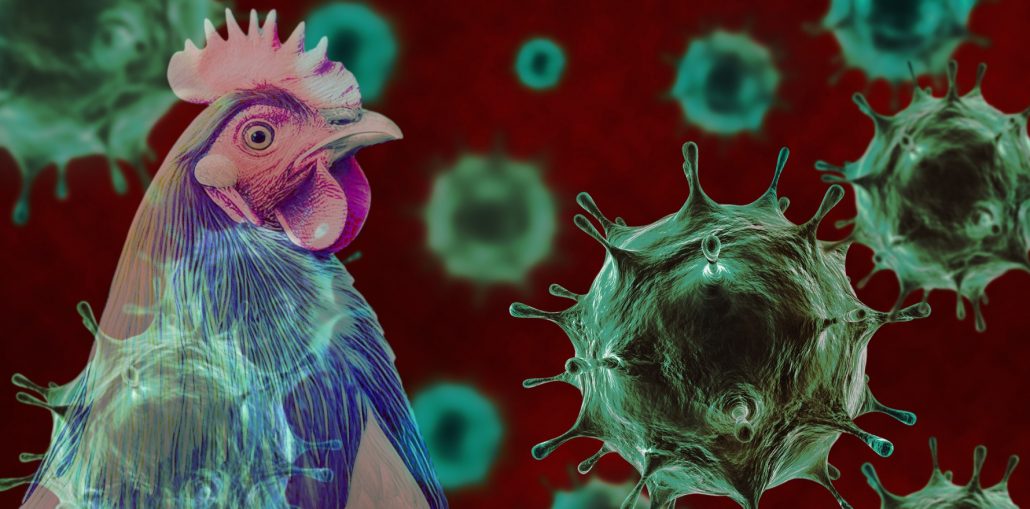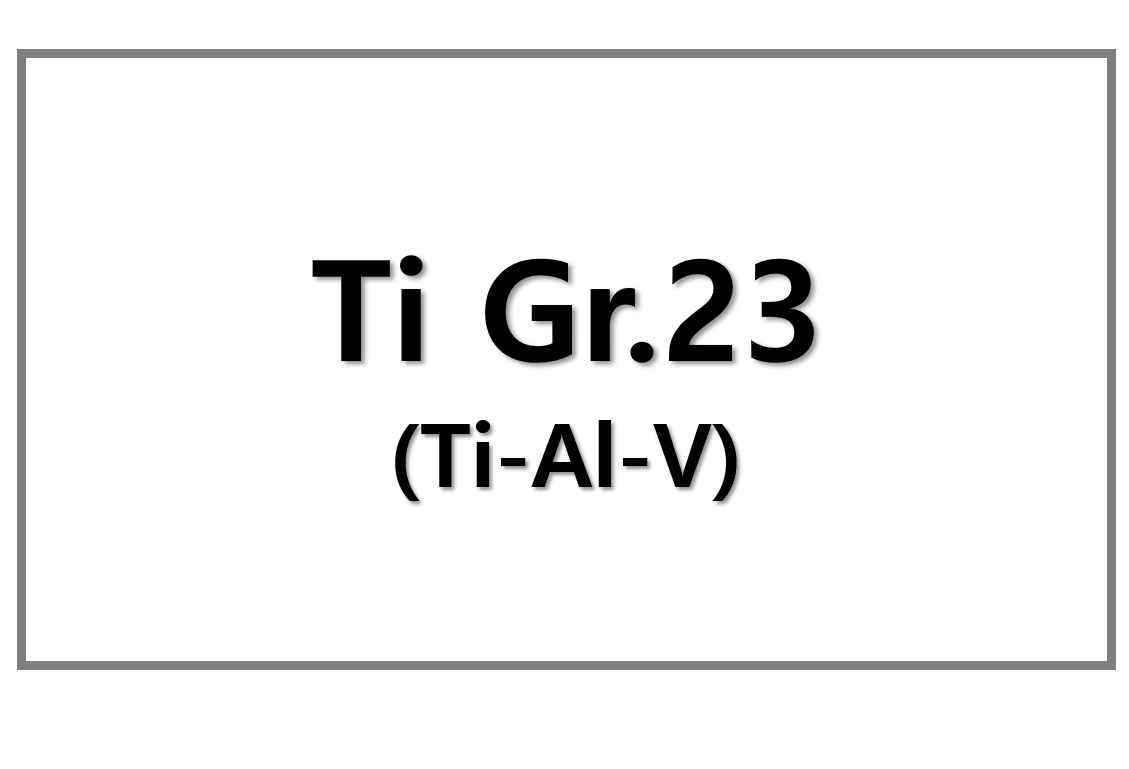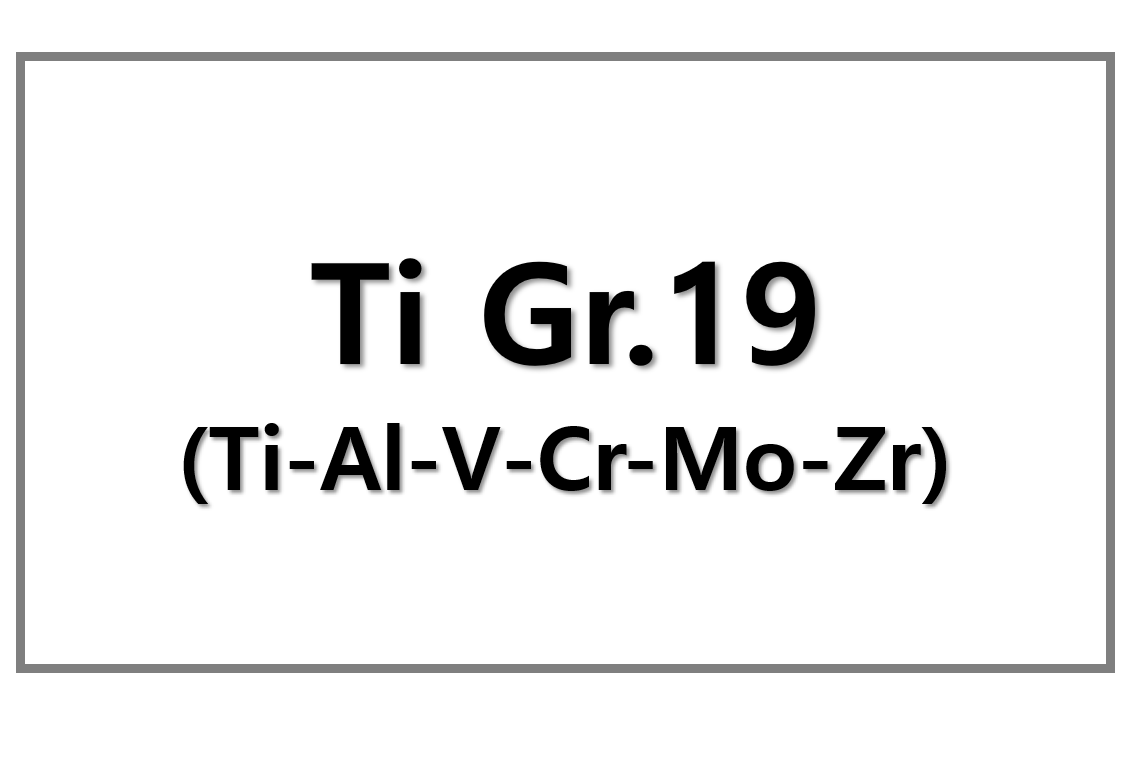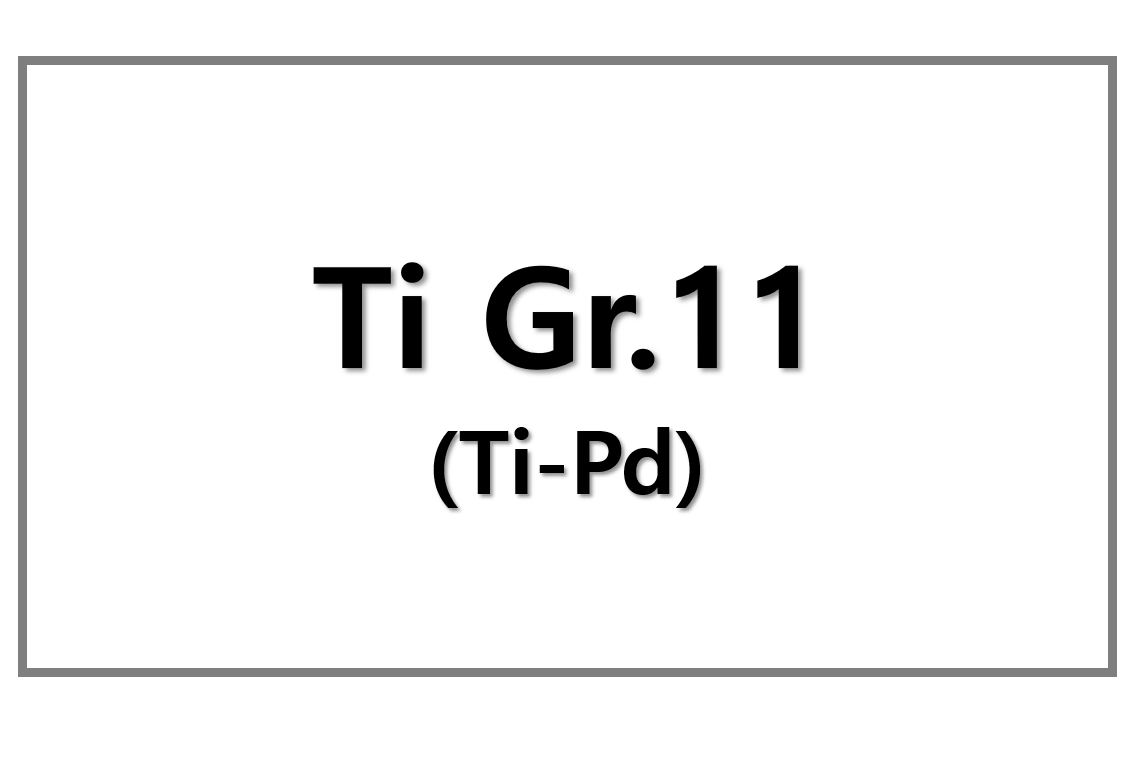
European health and food safety experts are raising alarms about the growing risks of avian influenza. New mutations in the virus could increase the likelihood of human infections. These developments emphasize the need for better preparedness and information sharing to mitigate the potential threat.
Rising Threat of Avian Flu Mutations
The European Centre for Disease Prevention and Control (ECDC) and the European Food Safety Authority (EFSA) have issued a report highlighting the growing potential for avian influenza viruses to adapt to humans. The study identified 34 key mutations that could improve the virus’s ability to infect mammals and enable mammal-to-mammal transmission. This raises concerns about the possibility of these mutations leading to human infections. Ultimately, it could lead to a global pandemic.
ECDC Director Pamela Rendi-Wagner stressed the importance of having robust preparedness plans in place to protect public health in Europe. Health experts are increasingly worried, as avian flu cases continue to rise globally. In the U.S., for instance, an outbreak among poultry and dairy cows has led to 67 confirmed human cases, with one fatality. However, no human-to-human transmission of the virus has been reported so far.
Since its discovery in 1997, the H5N1 clade of avian influenza has been responsible for 954 human cases across 24 countries. While no human cases have been detected in Europe, the virus’s spread among wild birds and animals remains a major concern.
Impact on Animals and European Preparedness
The situation is particularly concerning for animals. There were 657 highly pathogenic avian influenza virus detections reported across 27 countries in Europe between September and December 2024. The virus has been found in domestic animals, including cats in Poland. It has spread to dogs in Canada, Italy, and Poland, as well as farmed fur animals in Spain and Finland. In the U.S., dairy cattle have also been affected.
Some European countries, including Spain, have taken national measures to address the outbreaks. These measures include banning the keeping of ducks and geese with other poultry species and restricting outdoor poultry farming. The European Commission is supporting national authorities with prevention, containment, and control efforts, including securing medical countermeasures like pre-pandemic vaccines.
Despite these efforts, experts warn that any introduction of zoonotic influenza vaccination should be part of a comprehensive outbreak management strategy. The risk of human spillover events, where the virus jumps from animals to humans, could be mitigated by carefully managing livestock breeding. Reducing the density of farms with highly susceptible species is one such measure.











Leave a Reply
You must be logged in to post a comment.